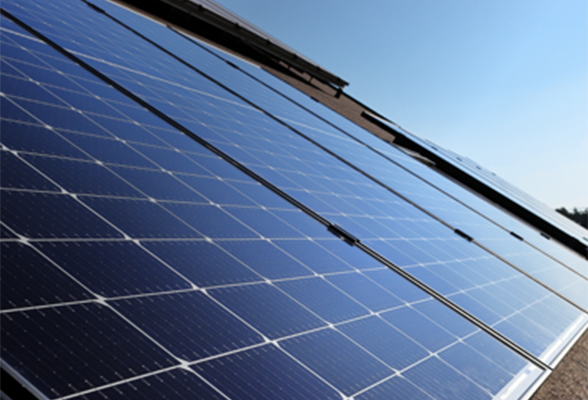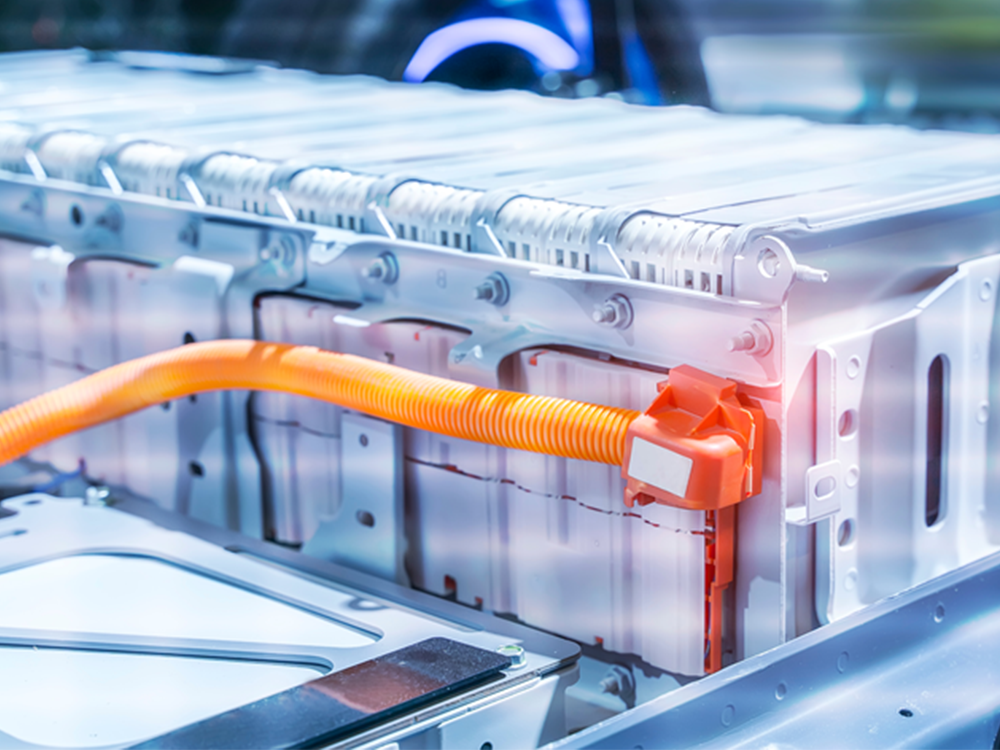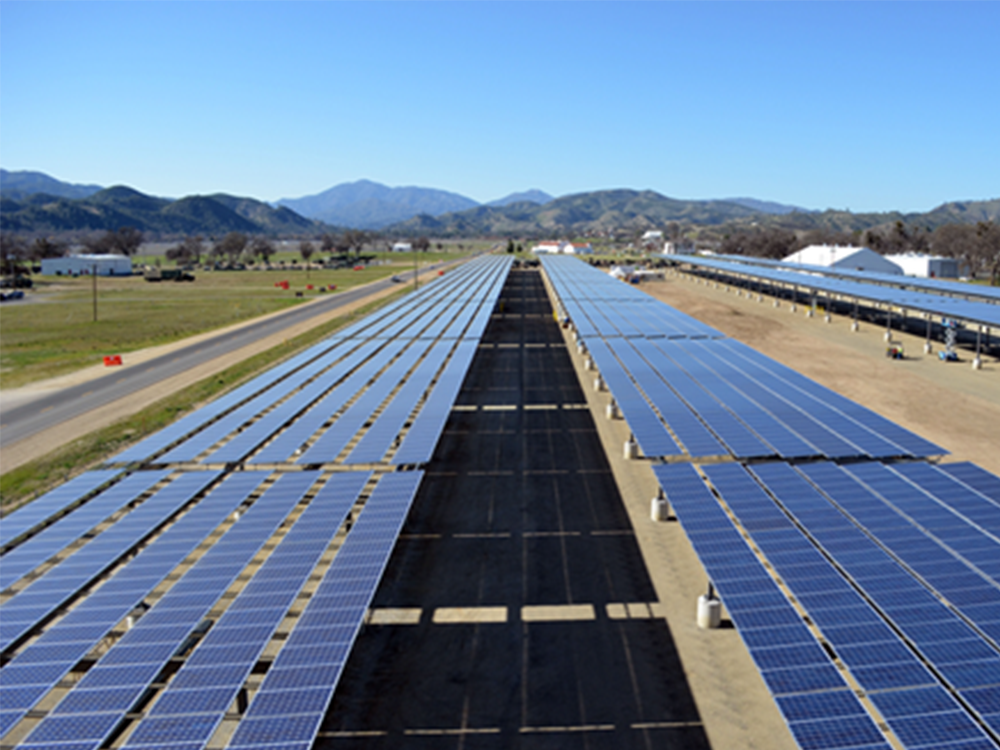In the context of global "carbon neutrality" and "carbon peak", the intelligent manufacturing industry of photovoltaic, lithium and other industries has been upgraded. Among them, machine vision has a very wide range of applications in the entire process segment of photovoltaic and lithium batteries, including code reading traceability, bad removal of raw materials, assembly guidance and other application scenarios.
Share
Industry overview
1.Lithium industry vision application
Includes raw material (substrate, diaphragm) testing, front section pole sheet forming, middle section battery equipment, to the rear section module pack
Lithium batteries have extremely high requirements for safety performance, so the quality of incoming materials such as diaphragms and substrates needs visual assistance to judge, and the defective products are removed, and the linear array scheme is the main one. In the first part of battery forming, the linear array camera is used as the main part and the area array CCD is used as the auxiliary part to detect the surface defects and size information related to the pole plate. The vision application on the middle and rear equipment is mainly based on the field array CCD and 3D laser profiler, and there will be more requirements for assembly positioning, assembly effect reinspection, welding and dispensing effect detection, and code traceability.

2. Visual application of photovoltaic industry
In the photovoltaic industry chain, the vision is concentrated in the silicon, battery, and component links, and the upstream silicon material and downstream inverter application opportunities are relatively few
Wafer link vision applications mainly include online detection of wafer defects, including edge breakage, dirt, hidden cracks and other detection items. The common visual needs of the midstream battery segment include material positioning on the battery, EL or PL detection of hidden cracks, poor electrodes, scratches and other defects. The downstream component segment has the most visual applications, including the positioning of the scriber, the string inspection and EL inspection of the front and back of the battery string, the positioning of the layout machine, the appearance inspection and EL inspection of the components before and after lamination, the location of the junction box and solder joints, the filling test, the appearance final inspection and EL inspection of the final product, etc.

Application case